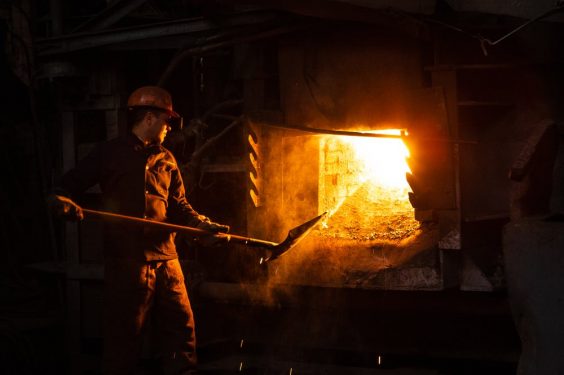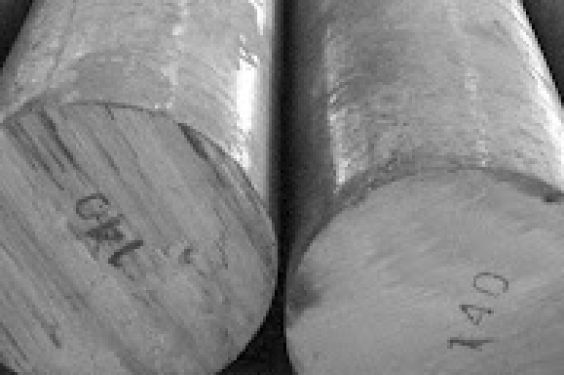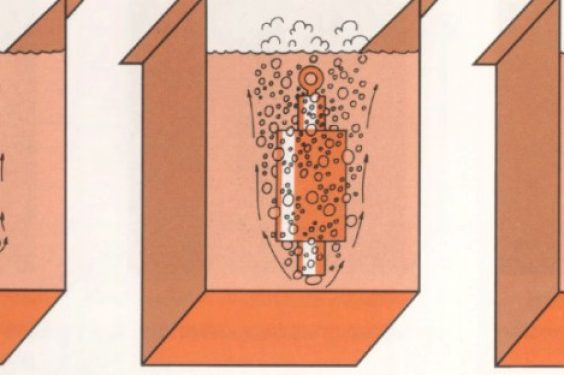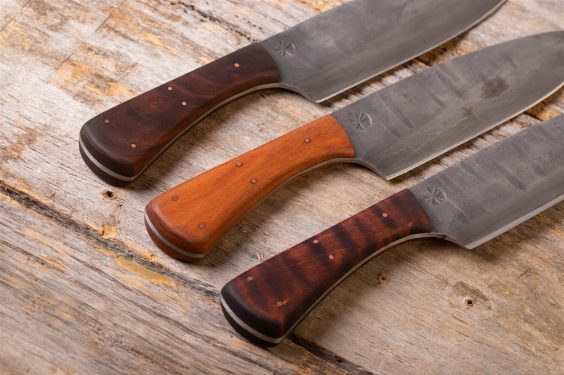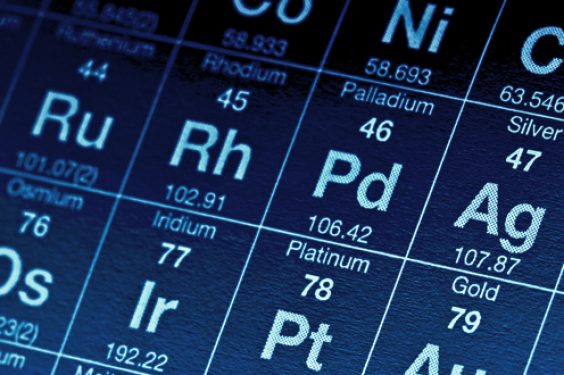Heat treatment of steel
Heat treatments are performed to alter the properties, chemicals and physical appearance of the steel grade. However, steel is heated due to many factors, such as the grade and the desired application. When performed by a professional, heat treatment is a highly controlled process that allows for many benefits. For example, increased hardness, durability, corrosion … Continued
Read More